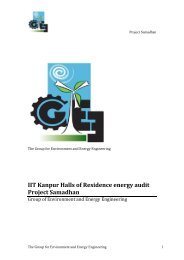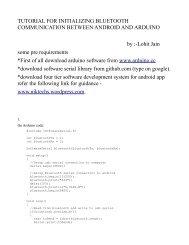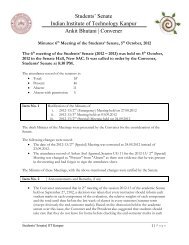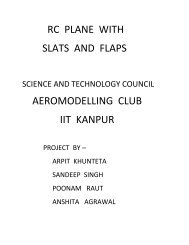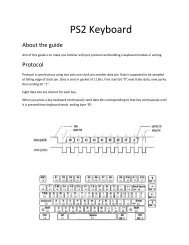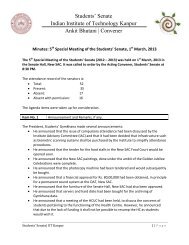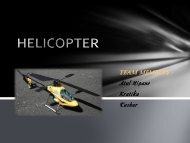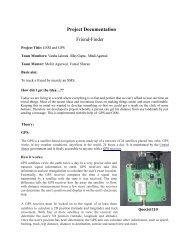Boomerang Tutorial
Boomerang Tutorial
Boomerang Tutorial
You also want an ePaper? Increase the reach of your titles
YUMPU automatically turns print PDFs into web optimized ePapers that Google loves.
• 1. Leading shock wave front. Fluid doesn't "feel" airfoil and airfoil doesn't feel fluid on left 1-A-1 line.<br />
2. Fluid pillow: the area of increased dynamic pressure. The streams generation starts here.<br />
3. Streams. The envelope of the streams corresponds to theBoundary area. It is assumed that stream having less<br />
than 5 percent of stream maximum speed can be neglected. The threshold option permits to hide very slow<br />
streams in trailing edge, which do not affect airfoil lift, but are responsible for energy dissipation only.<br />
4. Trailing edge of shock wave. Streams separate from trailing edge of airfoil near 4-C-4 line. The separation relaxes<br />
stress, which generates the trailing edge shock wave. No lift force is generated on right side of this line. The right<br />
(CD) area corresponds to stream tension relaxation and the region of their inertive energy dissipation.<br />
5. Reduced pressure air bubble increases airfoil drag, but has no effects on the lift force. It starts at a separation<br />
point and follows the airfoil, sucking fluid from the nearest streams. The bubble corresponds the turbulent region.<br />
Sunday, May 30, 2010 9



